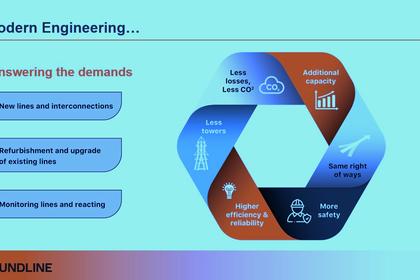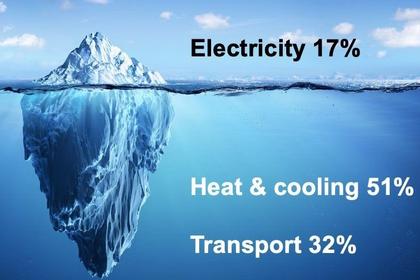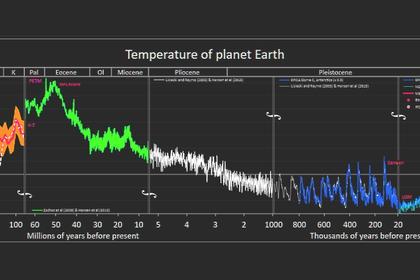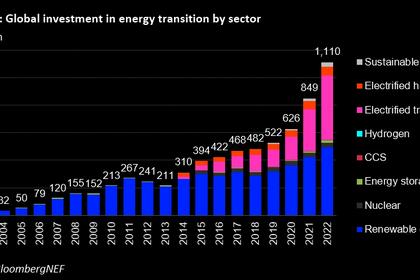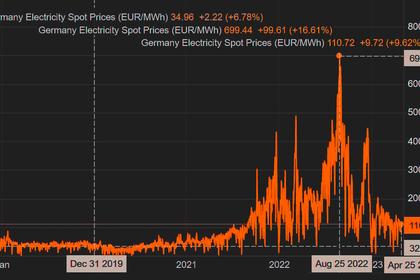
GLOBAL SOLAR MARKET INSTABILITY
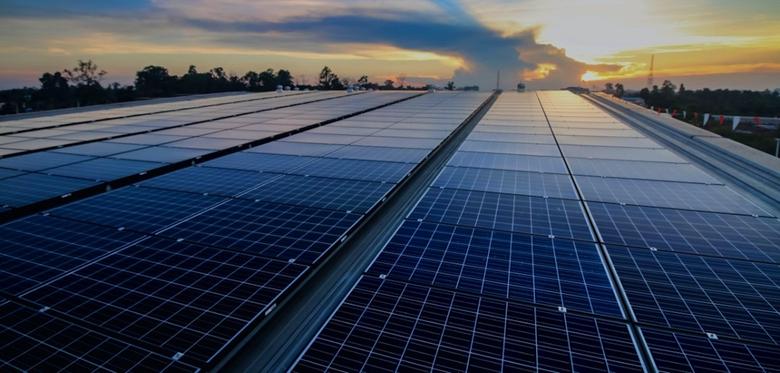
By TONY PARADISO Principal, E3
ENERGYCENTRAL - Jul 17, 2023 - Those that follow the renewable energy industry are treated to almost daily articles about how much solar is being installed. Because the industry and Washington have a vested interest in hyping the market, I look upon the number with some skepticism.
Honestly, in most cases I’m not sure what goes into the numbers. Is it just projects that have actually turned on? Or do they include projects sitting in some interconnection queue praying for an opportunity to connect to the grid?
I ask the question because among the myriad problems associated with renewable energy, perhaps the biggest is the massive number of projects that are going nowhere fast.
I’ve mentioned PJM’s backlog. PJM is one of seven regional transmission operators or RTOs. They manage the Mid-Atlantic region, and with 65 million people in its region, they are a major player.
According to the American Council on Renewable Energy (ACORE) there are 2,003 onshore wind and solar projects waiting to connect to the grid in PJM’s territory. These projects total 167 gigawatts of new generation capacity. The total monetary value is estimated to be $33 billion. That is assuming they get built.
But there's one thing I know for sure. Many of those projects won’t see the light of day - or more appropriately - be turning anyone’s lights on.
Consequently, touting the big total is a bit deceiving. That’s because even if there wasn’t a bottleneck in evaluating projects, many would never get built. We would just know which ones much quicker. And that would be a good thing.
The point is big numbers like these are constantly bandied about when the reality may be much different.
“The current grid backlog is unprecedented. With commonsense reforms, grid planners and operators could ease the logjam in our nation’s interconnection queues, accelerating the renewable transition and delivering meaningful economic and health benefits to states across America,” said Gregory Wetstone, president and CEO of ACORE.
That statement is only partially true. The backlog is unprecedented. It was also predictable.
Yes, there are ways to improve the process but there are systemic issues that process alone cannot address. These include a trained workforce to review interconnection applications - and wait for it, this is the big one – a rearchitected grid that was never intended to have thousands of “mini-utilities” attached to it.
Perhaps we should have developed a solid strategy to fix that glaring problem before incentivizing a “gold rush” mentality in renewable energy.
-----
This thought leadership article was originally shared with Energy Central's Clean Power Community Group. The communities are a place where professionals in the power industry can share, learn and connect in a collaborative environment. Join the Clean Power Community today and learn from others who work in the industry.
-----
Earlier:

